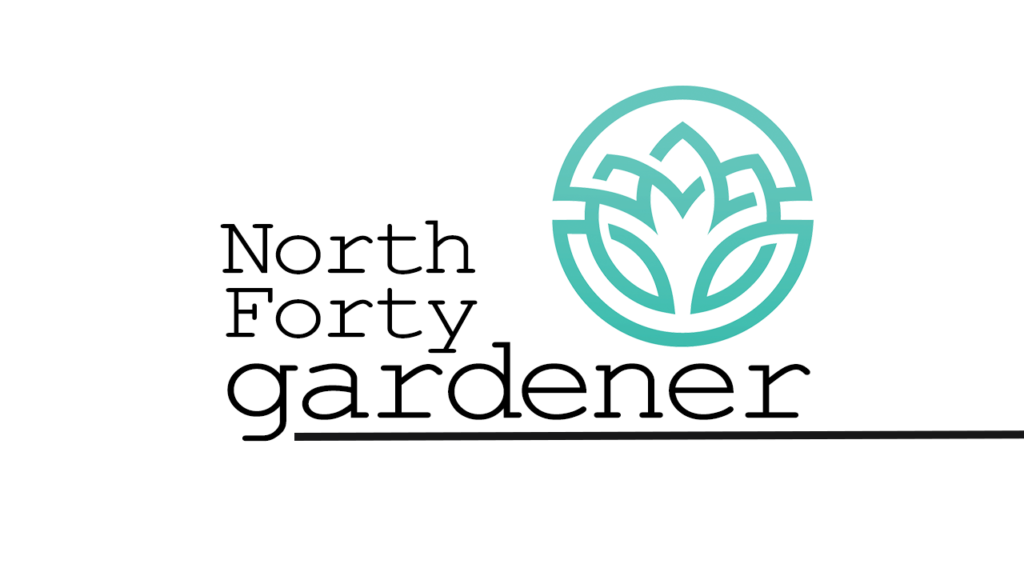

by Andrew Scott, Horticulturist, Gardens on Spring Creek
I’ll just come out and say it. I don’t like turf. There’s a place for it as sports fields, public parks, concert venues… but they’re so uninspired for individual properties. As they’ve been for hundreds of years, they remain a physical indication of success and status, showing you have the land, time, and wherewithal to care for a monoculture of grass. We use the water we don’t have so that we can use gasoline we don’t need to. To mow down a crop we bag it up and throw it in a landfill, so we can water it some more and repeat the cycle all summer long.
Despite their names, several common turf species aren’t native to the New World; Kentucky bluegrass isn’t native to Kentucky, nor is Bermuda grass native to Bermuda. They originate from Eurasia where they never evolved to handle our arid climate in Colorado, and so require regular irrigation and fertilizers to look their best. These in turn incentivize weed species to pop up, which are then sprayed with herbicides to keep the lawn homogenous and the homeowner’s association happy. Is it any wonder ecologists consider turf lawns to be biodiversity deserts?
If you can’t part ways with turf, there are several better alternatives that you might consider using to swap out the Eurasian water hog species. You might also consider seeing if your municipality has a Xeriscape incentive program, such as the one offered by the City of Fort Collins. Blue grama (Bouteloua gracilis) and buffalograss (Bouteloua dactyloides) is a common seed mix that forms a dense, soft, and uniform sod; both species are native to our eastern plains, so they’ve evolved to thrive with little water and consistent grazing (otherwise known as organic mowing), and numerous cultivars have been bred to mimic the look of a traditional lawn. If your lawn is shaded, a variety of fescues are shade tolerant while also being adapted to our climate, like creeping red fescue (Festuca rubra) and hard fescue (F. brevipila).
For diehard Bermuda fans, Plant Select®, a collaborative brand that specializes in trialing resilient, non-invasive, and drought-tolerant plants, has trialed and released Dog Tuff™ grass (Cynodon ‘PWIN04S’) that behaves like buffalograss but is more resilient to the wear and tear you’d expect from your four-legged friends. Like Plant Select®, there’s a non-grass plant line trialed by the Stepables® brand that specializes in groundcover that can handle heavy traffic as well, like alpine geraniums, Irish moss, rupturewort, creeping thyme, blue star creeper, and creeping speedwell.
There’s also nothing to say that you have to use the space around your yard to walk around. If you have a green thumb and the gumption (and funds) to do it, you can also transform the space into a flower garden to offer bright pops of heterogeneity to your yard; companies like Resource Central in Boulder make it easy with curated collections like Garden in a Box. If flowers aren’t your style, you can also up the functionality of your yard by installing veggie plots or raised beds to have fresh produce all summer long.
In the 21st century, yards offer so much more potential than a monoculture of non-native grass. They can hold an endless combination of xeric grasses, groundcover, pollinator-friendly wildflowers, and the freshest food you can get. If you need ideas, you might consider dropping by the Sustainable Backyard at the Gardens on Spring Creek for ideas of how your yard can work for you, not the other way around!
Support Northern Colorado Journalism
Show your support for North Forty News by helping us produce more content. It's a kind and simple gesture that will help us continue to bring more content to you.
BONUS - Donors get a link in their receipt to sign up for our once-per-week instant text messaging alert. Get your e-copy of North Forty News the moment it is released!
Click to Donate
